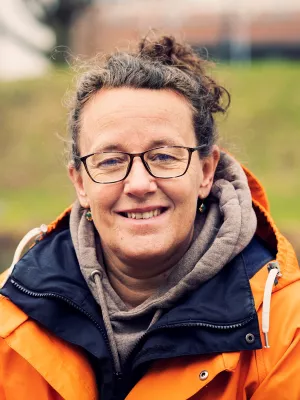
Johanna Alkan Olsson
Social environmental scientist

Use of participatory scenario modelling as platforms in stakeholder dialogues
Author
Summary, in English
Department/s
- Sociology of Law Department
Publishing year
2008
Language
English
Pages
439-447
Publication/Series
Water SA
Volume
34
Issue
4
Document type
Conference paper
Publisher
Water Research Commission
Topic
- Law
Keywords
- coastal zone
- participatory
- catchment
- modelling
- nutrients
Conference name
Symposium on Hydrology for Environment, Life and Policy (HELP) in Action - Local Solutions to Global Water Problems
Conference date
2007-11-04 - 2007-11-09
Status
Published
ISBN/ISSN/Other
- ISSN: 1816-7950
- ISSN: 0378-4738